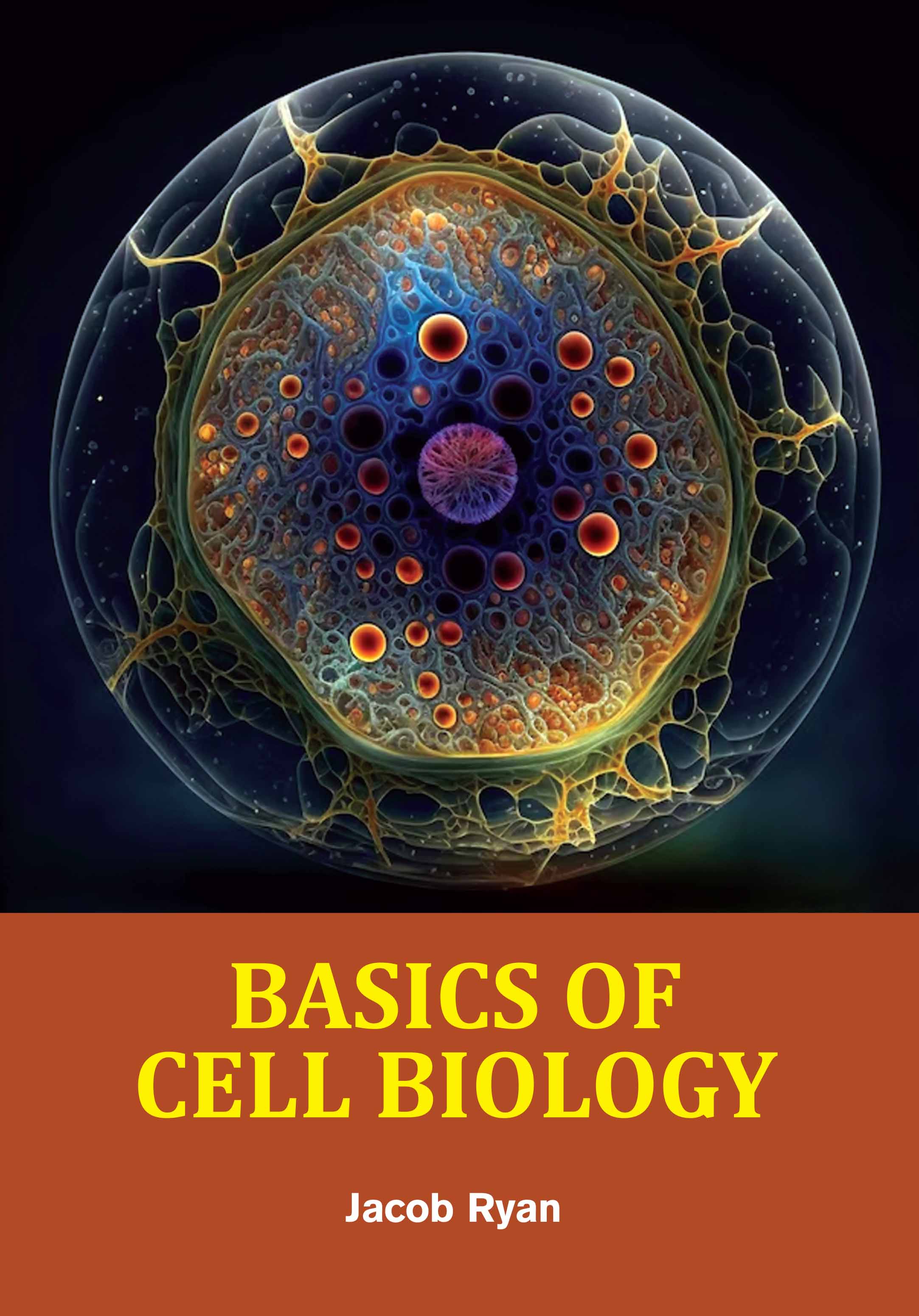About This Book
Food preservation is the process of treating and handling food to slow down spoilage and extend its shelf
life while maintaining nutritional value, texture, and flavor. It plays a crucial role in reducing food waste,
ensuring food safety, and making seasonal foods available year-round. Traditional preservation methods
such as drying, salting, smoking, and fermentation have been used for centuries across different cultures.
These techniques work by inhibiting microbial growth, enzyme activity, and oxidation, which are the
primary causes of food deterioration. Modern food preservation has advanced significantly with the
development of refrigeration, freezing, canning, vacuum sealing, and pasteurization. These technologies
are effective in preventing bacterial growth and preserving the quality of food for longer periods.
Additionally, newer methods like high-pressure processing (HPP), irradiation, and the use of natural
preservatives are gaining popularity in the food industry due to increasing consumer demand for
minimally processed and chemical-free products. Proper food preservation not only extends the
usability of food but also contributes to food security by enabling transportation over long distances and
storage for future consumption. As global food systems evolve, the importance of sustainable and safe
preservation methods continues to grow, making it an essential field in food science and public health.
This book explores the science, methods, and innovations in food preservation to enhance shelf life,
safety, and sustainability.
Contents: 1. Introduction, 2. Advanced Packaging Solutions for Processed Food Products,
3. Advancements in Canned Food Preservation Methods, 4. Chemical Food Preservation, 5. Packaging
Food Preservation, 6. Freeze-drying Food Preservation, 7. Preservation Methods and Processes, 8. Atomic
Energy and Food Preservation, 9. Fruit Specific Preservation Technologies.

